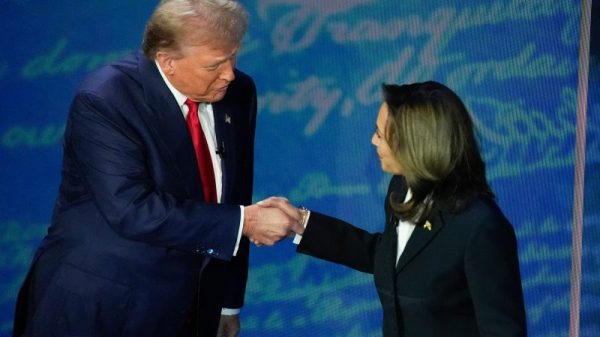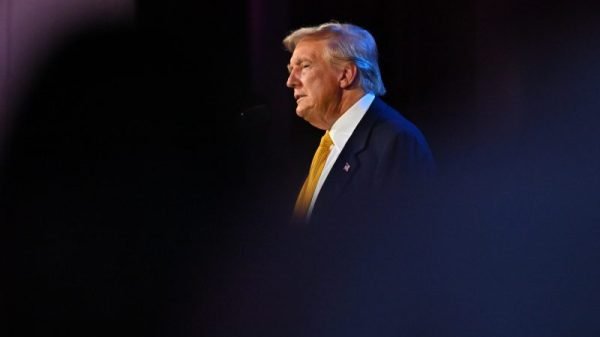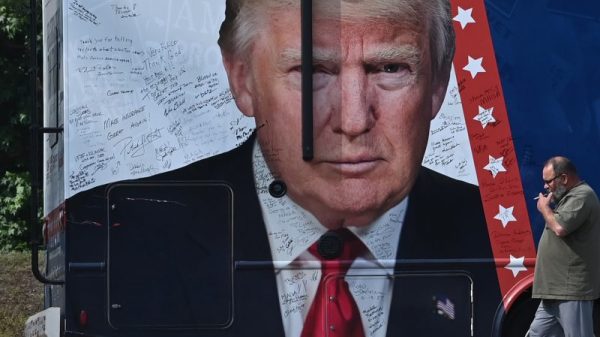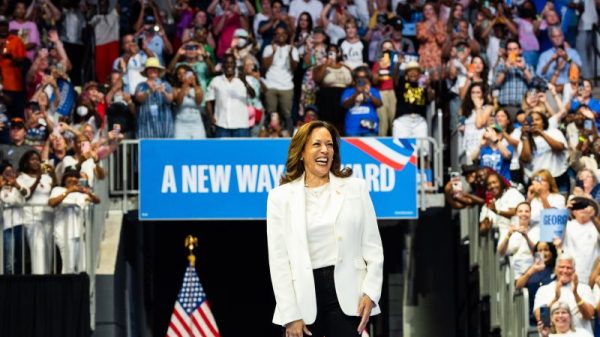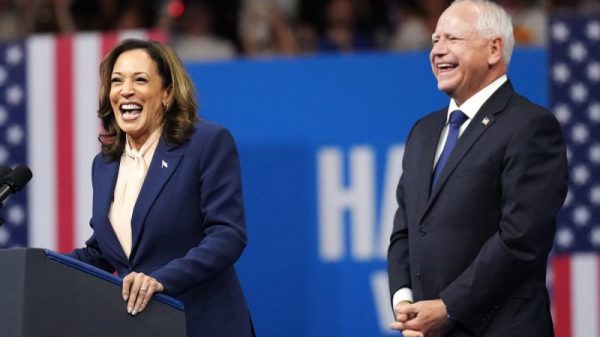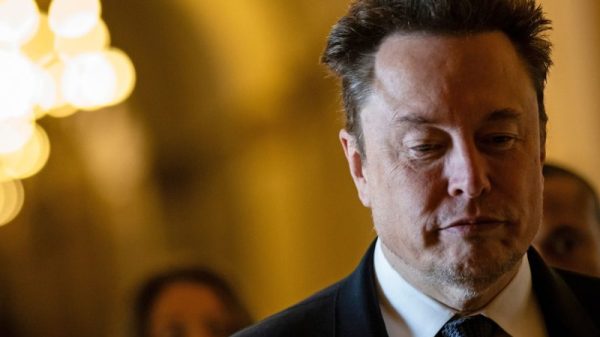About 24 hours after the world learned that Tucker Carlson had once told a colleague that he hated Donald Trump “passionately,” the Fox News host extended an olive branch to the former president.
With text on the screen effusing about “Trump’s bold new proposals,” Carlson introduced reporter Kevin Corke to discuss “a bunch of proposals that were so interesting that we thought we would bring them to you.”
The proposals included a number of different things, from a plan “to rid the country of ugly buildings,” as Corke put it — a fraught idea for real estate developer Trump — to investing in flying cars. But one idea in particular jumped out at me, as it did when I first read Trump’s proposal over the weekend: creating federal grants aimed at fostering a new baby boom in the United States.
This subject is of some interest to me, having recently written a book on the subject of the first boom, which stretched from 1946 to 1964. My first thought was that it was a fitting proposal from Trump, one of the country’s four baby-boomer presidents and one of three born during the boom’s first year. (The other two were Bill Clinton and George W. Bush, each born within two months of Trump. The fourth boomer president, you may be surprised to hear, was Barack Obama, born in 1961). It’s also fitting in that it is a celebration of the baby boom very much in keeping with his long-standing “make America great again” motto; the period in which Trump thinks America was last great, it’s generally understood, was when his generation was unquestionably dominant.
My second thought, though, was that a second baby boom is very hard to imagine — at least at the same scale.
The phrase “baby boom” reflects exactly what you would suggest. The number of babies born each year in the United States during the period marked by the Census Bureau was a sharp increase from the years before World War II. You can see the increase in a graph of births using estimates from the Centers for Disease Control and Prevention.
At the height of the boom, more babies were being born each year than were born in any of the years from 2016 through 2021.
But even that ignores scale. After all, the population of the United States was smaller when the boom began. In 1945, there were 140 million people living in the United States. Over the next 19 years, nearly 76 million babies were born. As a function of the country’s total population, the baby boom births were far more dramatic than those in recent years.
If we saw a proportionate number of births from 2023 to 2041, there would be more than 180 million new babies born.
Or, working backward, if the number of births from 2016 to 2021 had been an equivalent percentage of the U.S. population as were births from 1946 to 1951, there would have been 48.6 million babies born, not just 22.6 million.
As Kevin Corke pointed out as he was walking through Trump’s proposal, there’s not much meat on the idea’s bone, so to speak; they were “long on optimism and can-do spirit, but relatively short on details.”
Carlson offered his muted approval, saying that “more babies” and other aspects of Trump’s pitch were “achievable goals — ones that would improve everyone’s life.”
There’s at least one reason that Carlson and Trump would support a new baby boom, even one at an almost certainly more modest scale than the one that began in 1946. It’s not that the last boom overlapped with a surging economy; the boom was in part a function and in part a driver of that success. It’s that the decrease in births in the United States is occurring as the members of the original baby boom are hitting retirement age, throwing the ratio between people paying into systems built to aid seniors and people drawing from those systems out of whack.
One solution for this challenge embraced by demographers and policy experts is to increase immigration. Need more workers? Bring more in from other countries. This, of course, is anathema to Carlson — he of “great replacement” theory advocacy — and the former president who made blocking immigration a central aspect of his administration. Increase the number of babies born in the United States and you have a reduced need for bringing new people to the country.
Of course, promoting more births to U.S. residents would probably mean an increase in births to immigrants and non-White mothers. From 1946 to 1951, an average of 87.7 percent of babies were born to White mothers (including some White Hispanics). From 2016 to 2021, an average of 52.1 percent were.
CDC data suggest that a fifth of those births from 2016 to 2021 were to mothers not born in the United States, some of whom were probably not citizens. About 80 percent of those births were to mothers who were Asian, Black, Hispanic or some other non-White race or ethnicity.
Again, the Trump proposal is light on details, so it seems quite possible that it would include a stipulation that grant recipients be U.S. citizens. (A central part of Carlson’s “replacement” theory, of course, is that immigrants are being encouraged to come to the United States to have children.) Given that both Trump and Carlson view immigration as a net negative, we might assume that the focus on increased births would be built around excluding immigrant parents.
For this to happen, though, Trump would need to once again win the presidency. That would be made a lot more difficult in 2024 given the trends that have been at play since 2016. The youngest Americans vehemently dislike Trump as a candidate. And baby boomers, who gave Trump a slim majority in 2020, are making up an increasingly diminished portion of the electorate.

